Oyster plant is a short-stemmed, tender foliage plant that makes attractive, small, dense, spreading clumps . It forms a solid groundcover of upright leaves. The six- to eight-inch-long, sword-shaped leaves are green above and purplish below. The unusual flowers, borne down among the leaves, appear as clusters of tiny white flowers nestled within two boat-shaped, purplish bracts. Winter hardy to USDA Zones 9-11 where it is noted for its ease of culture and tolerance for wide range of growing conditions. Best in filtered or part sun locations. Will grow in direct sun with some afternoon protection. Also grows in shade. Plants like a consistently moist but well-drained soil during the growing season, with reduced watering from fall to late winter. Plants also can grow well on rocky soils. Established plants have drought tolerance. Easily propagated by seeds, stem cuttings or division. Tradescantia spathacea, commonly called Moses-in-a-basket or oyster plant, is a clump-forming evergreen perennial that is native to southern Mexico, Belize and Guatemala. It is widely cultivated in tropical areas because of its attractive foliage. It is commonly grown in the West Indies. It can have moderate invasive tendencies if not regulated in landscape.
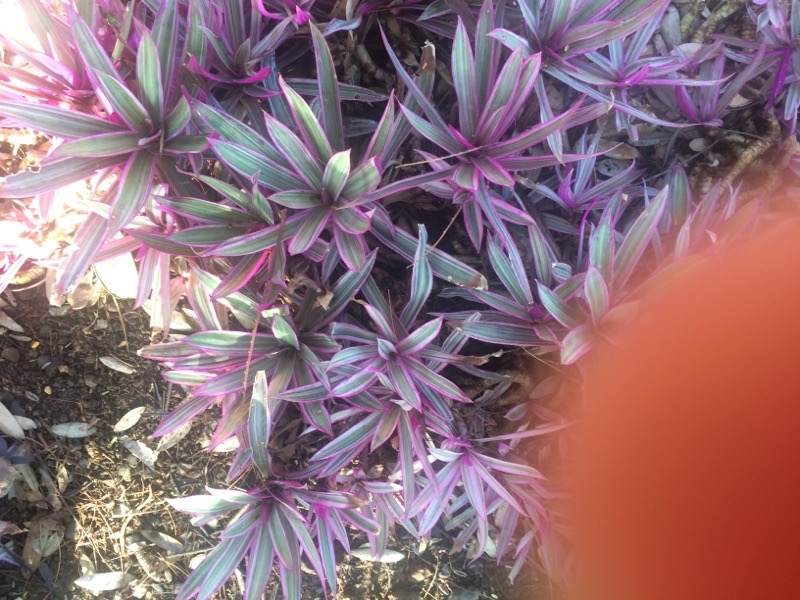
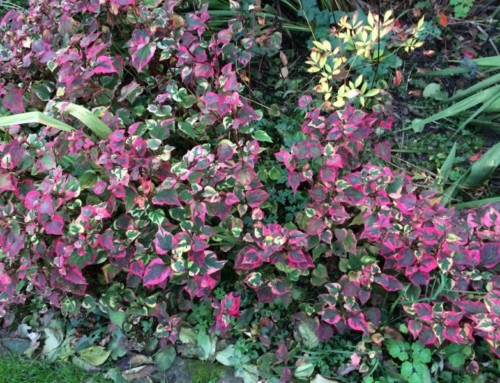
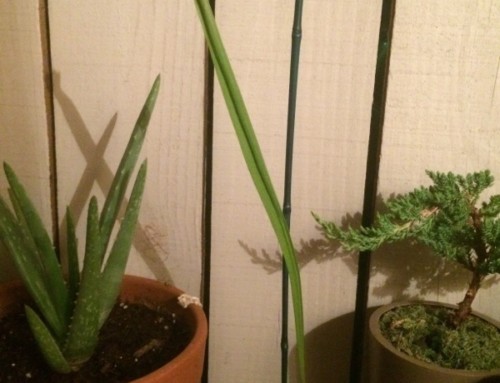
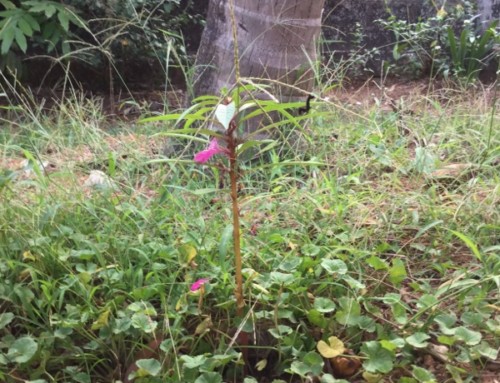
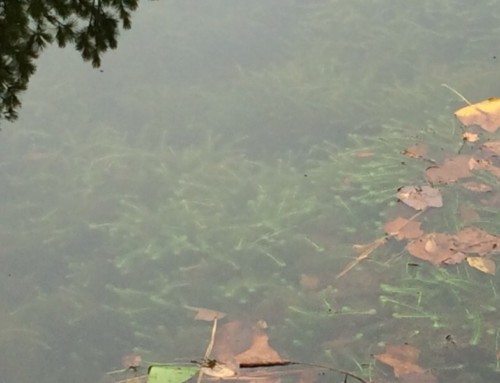
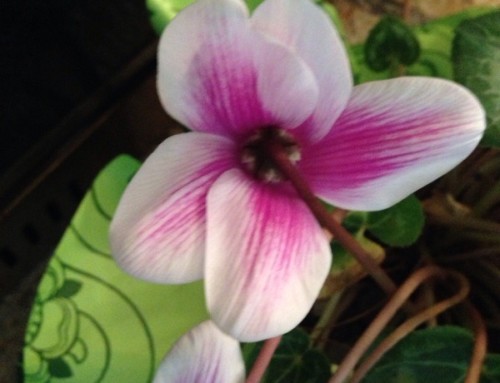
Can the oyster plant survive the winters in central Florida? Around Ocala.